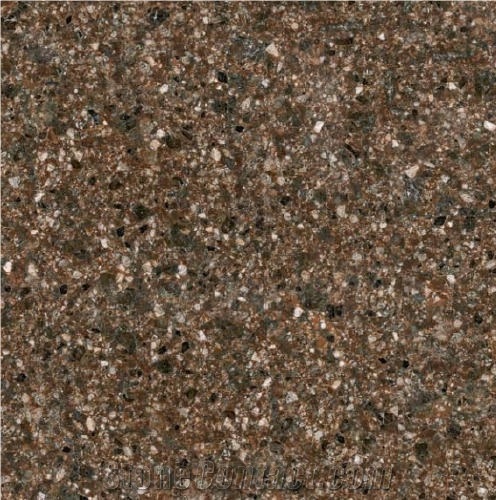Can Italy's Porfido di Laives Porphyry be used exterior applications in very windy climates?
Porfido di Laives, also known as Porphyry, is a type of natural stone that has been used for centuries in various construction applications, including exterior applications. It is known for its durability, strength, and resistance to weathering. However, when considering its use in very windy climates, there are a few factors to consider:
1. Wind Resistance: Porphyry is a dense and strong stone, which means it can withstand the forces of wind to a certain extent. However, in extremely windy areas, it is important to ensure that the stone is properly installed and anchored to prevent any potential hazards or damage.
2. Surface Finish: The finish applied to Porphyry can also impact its performance in windy conditions. Honed or rough-textured surfaces may provide better grip and resistance against wind-driven objects, compared to polished surfaces that can be more slippery.
3. Installation Technique: The quality of installation is crucial in maximizing the durability of Porphyry in windy climates. It is recommended to consult with experienced stonemasons or architects who have expertise in dealing with wind-loaded conditions and ensure that proper anchoring systems are used.
4. Maintenance: Regular maintenance is essential to keep Porphyry in good condition, especially in windy climates where dust, debris, and other airborne particles can accumulate and cause surface erosion over time. Cleaning and inspecting the stone periodically can help identify any potential issues and address them promptly.
Ultimately, while Porfido di Laives Porphyry can be used for exterior applications in windy climates, it is crucial to consider factors such as wind speed, installation technique, and ongoing maintenance to ensure its long-term performance and safety.
Porfido di Laives, also known as Porphyry, is a type of natural stone that has been used for centuries in various construction applications, including exterior applications. It is known for its durability, strength, and resistance to weathering. However, when considering its use in very windy climates, there are a few factors to consider:
1. Wind Resistance: Porphyry is a dense and strong stone, which means it can withstand the forces of wind to a certain extent. However, in extremely windy areas, it is important to ensure that the stone is properly installed and anchored to prevent any potential hazards or damage.
2. Surface Finish: The finish applied to Porphyry can also impact its performance in windy conditions. Honed or rough-textured surfaces may provide better grip and resistance against wind-driven objects, compared to polished surfaces that can be more slippery.
3. Installation Technique: The quality of installation is crucial in maximizing the durability of Porphyry in windy climates. It is recommended to consult with experienced stonemasons or architects who have expertise in dealing with wind-loaded conditions and ensure that proper anchoring systems are used.
4. Maintenance: Regular maintenance is essential to keep Porphyry in good condition, especially in windy climates where dust, debris, and other airborne particles can accumulate and cause surface erosion over time. Cleaning and inspecting the stone periodically can help identify any potential issues and address them promptly.
Ultimately, while Porfido di Laives Porphyry can be used for exterior applications in windy climates, it is crucial to consider factors such as wind speed, installation technique, and ongoing maintenance to ensure its long-term performance and safety.
 Italy
(Leifers, South Tyrol, Trentino Alto-Adige)
Italy
(Leifers, South Tyrol, Trentino Alto-Adige)














